Technologies
The Case for a 15-Inch MacBook Air
Commentary: Apple doesn’t currently offer a 15-inch laptop, and hasn’t had a different MacBook Air size since 2016.
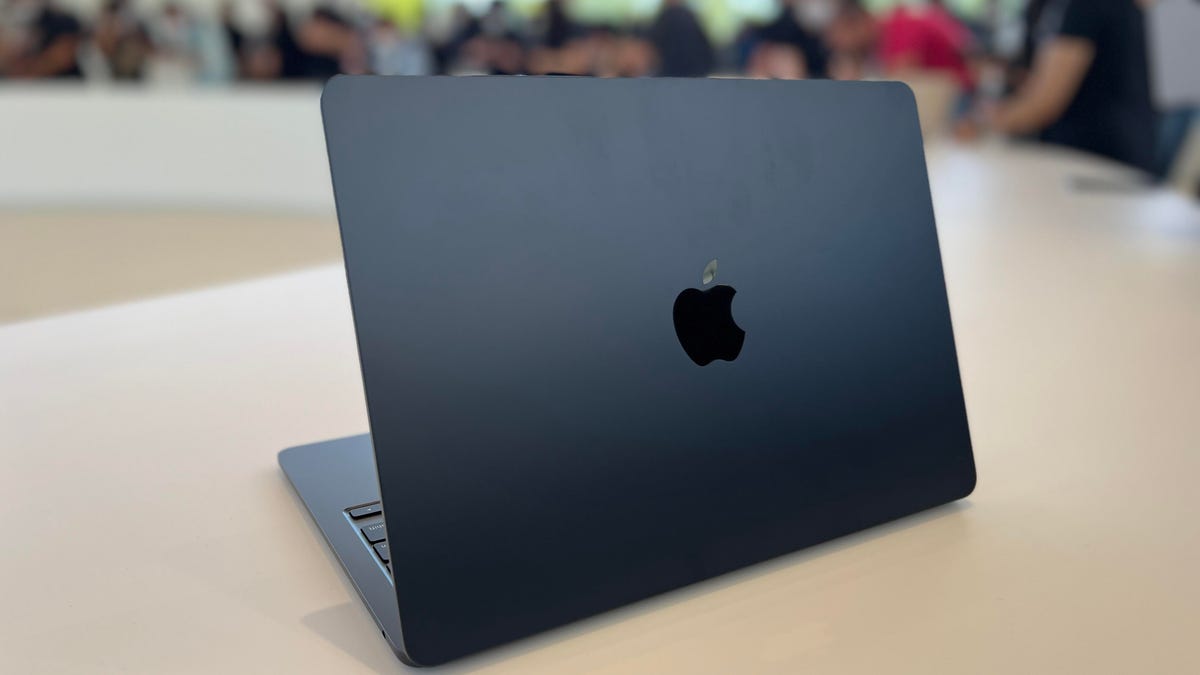
Apple’s iconic MacBook Air laptop is only available with a 13-inch screen, for now.
A steady stream of rumors points to a new 15-inch MacBook Air debuting at Apple’s upcoming WWDC conference keynote on June 5. The latest not-quite-confirmation comes from Bloomberg’s noted Apple prognosticator, Mark Gurman, who previously said the new 15-inch Air will join WatchOS 10, iOS 17, MacOS 15 and Apple’s long-awaited mixed-reality headset, and more recently tweeted that he expects «several new Macs» at the event.
In addition to the rumored 15-inch Air, that could mean an updated Mac Studio desktop, updates to the current 13-inch Air and Pro models, or even the long-promised Mac Pro desktop, which is Apple’s only remaining Intel-powered computer.
I’m expecting three major focus areas next week: 1) several new Macs, 2) the mixed-reality headset, 3) the new OSs. With all of the new hardware and software, I expect the keynote to be one of Apple’s longest ever and easily exceed two hours.
— Mark Gurman (@markgurman) May 31, 2023
This would not be the first time Apple has offered a MacBook Air in a different screen size. From 2010 to 2016, the company offered an 11-inch MacBook Air, which we reviewed several times during its six-year lifespan.

The 11-inch MacBook Air.
Read more: Best MacBook for 2023
Following that, Apple released the 12-inch MacBook (minus the «Air»). That small system ended up being one of my favorite laptops of all time, but it has sadly also been discontinued.
Further, Apple’s long-standing 15-inch MacBook Pro vanished in 2019, replaced by new 14-inch and 16-inch versions, leaving Apple without a 15-inch laptop, which is still one of the most common screen sizes for Windows laptops.
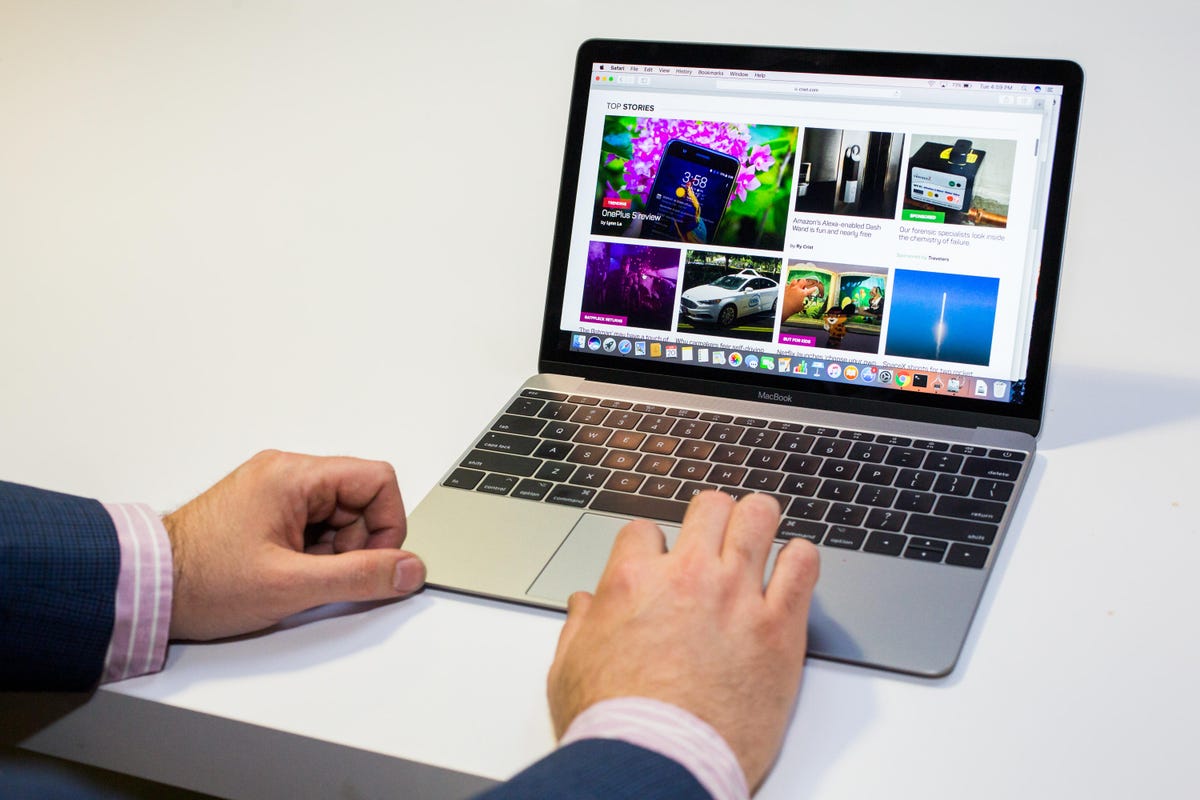
The 12-inch MacBook.
Throughout all this, the 13-inch Air has remained a standard, although the exact screen dimensions shifted a bit between the 16:10 aspect ratio of the M1 Air and the slightly larger 3:2 aspect ratio of the newer M2 MacBook Air.
But there’s an excellent case to be made for a 15-inch version of the MacBook Air. The 13-inch MacBook Air remains my default choice as the single most universally useful laptop for most people. But a 13-inch screen, no matter how good, isn’t necessarily big enough to be your all-day, everyday laptop. Especially if, like me, you have a set of aging eyes, bigger screens are becoming more important.
The problem is that the least-expensive 14-inch MacBook Pro is $1,999. The least-expensive 16-inch MacBook Pro is $2,499. That’s a big jump from the $1,199 13-inch MacBook Air.
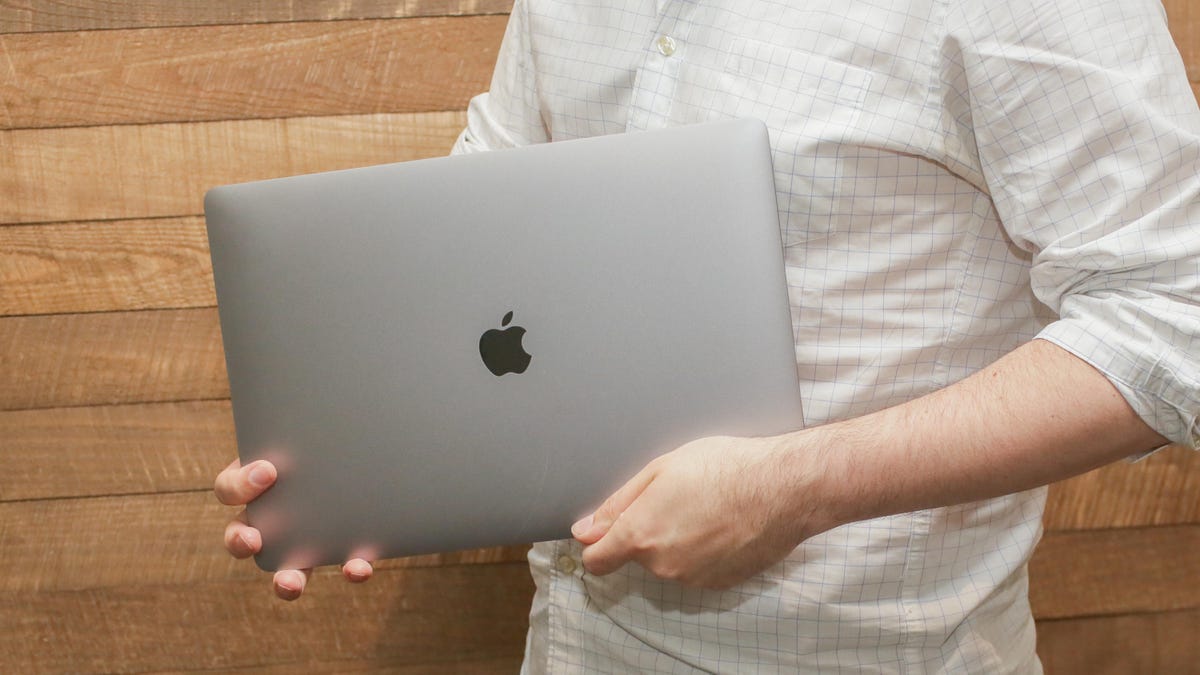
A 15-inch MacBook Pro from 2018.
The idea of jumping into a larger 15-inch screen for a MacBook Air, using the same M2 chip as the 13-inch Air is an appealing one, especially if it adds only a modest premium to the price. Personally, I’d say around $1,300 to $1,400 would be a reasonable starting price, if you assume it would have specs similar to those of the 13-inch M2 Air.
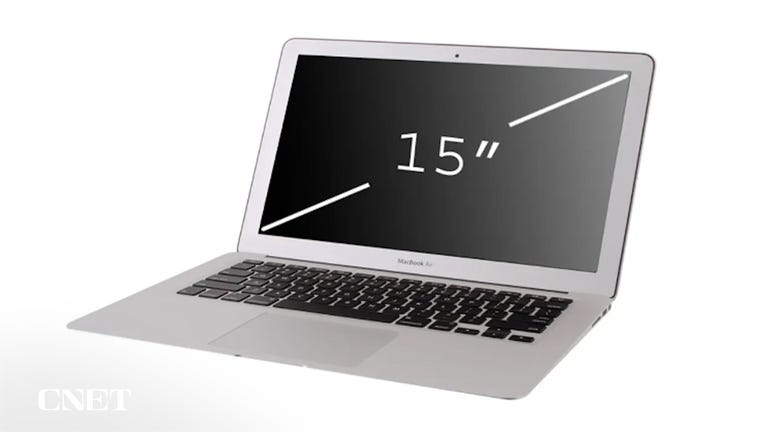
03:51
This is far from the first time we’ve talked about this. A quick Google search revealed that I wrote about the potential appeal of a 15-inch MacBook Air way back in 2012. According to a poll we ran in 2012, a 15-inch Air was the winner among CNET readers for the most-anticipated laptop of 2012.
We were clearly jumping the gun back then, but a mere decade later, it may finally be time to give the MacBook Air a supersized option.
The best laptops in every category
- Best Laptop for 2023
- Best Budget Laptop
- Best Gaming Laptop
- Best Cheap Gaming Laptop Under $1,000
- Best Chromebook: 8 Chromebooks Starting at Under $300
- Best Windows Laptops
- Best Laptop for College
- Best Laptop for High School Students
- Best Dell Laptops
- Best 15-Inch Work and Gaming Laptops
- Best 2-in-1 Laptop
- Best HP Laptops
Technologies
Today’s NYT Mini Crossword Answers for Saturday, Dec. 27
Here are the answers for The New York Times Mini Crossword for Dec. 27.

Looking for the most recent Mini Crossword answer? Click here for today’s Mini Crossword hints, as well as our daily answers and hints for The New York Times Wordle, Strands, Connections and Connections: Sports Edition puzzles.
Need some help with today’s Mini Crossword? It’s pretty long for a Mini Crossword, and some of the clues are tricky. The answer to 10-Across is not an expression I use, for sure. Read on. And if you could use some hints and guidance for daily solving, check out our Mini Crossword tips.
If you’re looking for today’s Wordle, Connections, Connections: Sports Edition and Strands answers, you can visit CNET’s NYT puzzle hints page.
Read more: Tips and Tricks for Solving The New York Times Mini Crossword
Let’s get to those Mini Crossword clues and answers.
Mini across clues and answers
1A clue: Fashionable
Answer: HIP
4A clue: Product sold on «The Office»
Answer: PAPER
6A clue: One writing a performance review
Answer: MANAGER
8A clue: With 5-Down, redundant synonym of «outcome»
Answer: END
9A clue: Quiet ___ mouse
Answer: ASA
10A clue: Gives constant compliments, in slang
Answer: GASESUP
12A clue: Ski mountain bump
Answer: MOGUL
13A clue: Uneasy feeling
Answer: ANGST
Mini down clues and answers
1D clue: Personally involved
Answer: HANDSON
2D clue: Hoppy beer, for short
Answer: IPA
3D clue: Mythical horse whose name is an anagram of 10-Across
Answer: PEGASUS
4D clue: Last word in the palindromic sentence «A man, a plan, a canal …»
Answer: PANAMA
5D clue: See 8-Across
Answer: RESULT
6D clue: Ryan of «When Harry Met Sally …»
Answer: MEG
7D clue: Genre for Playboi Carti and Cardi B
Answer: RAP
11D clue: Something in an Easter basket
Answer: EGG
Don’t miss any of our unbiased tech content and lab-based reviews. Add CNET as a preferred Google source.
Technologies
Today’s NYT Connections: Sports Edition Hints and Answers for Dec. 27, #460
Here are hints and the answers for the NYT Connections: Sports Edition puzzle for Dec. 27, No. 460.
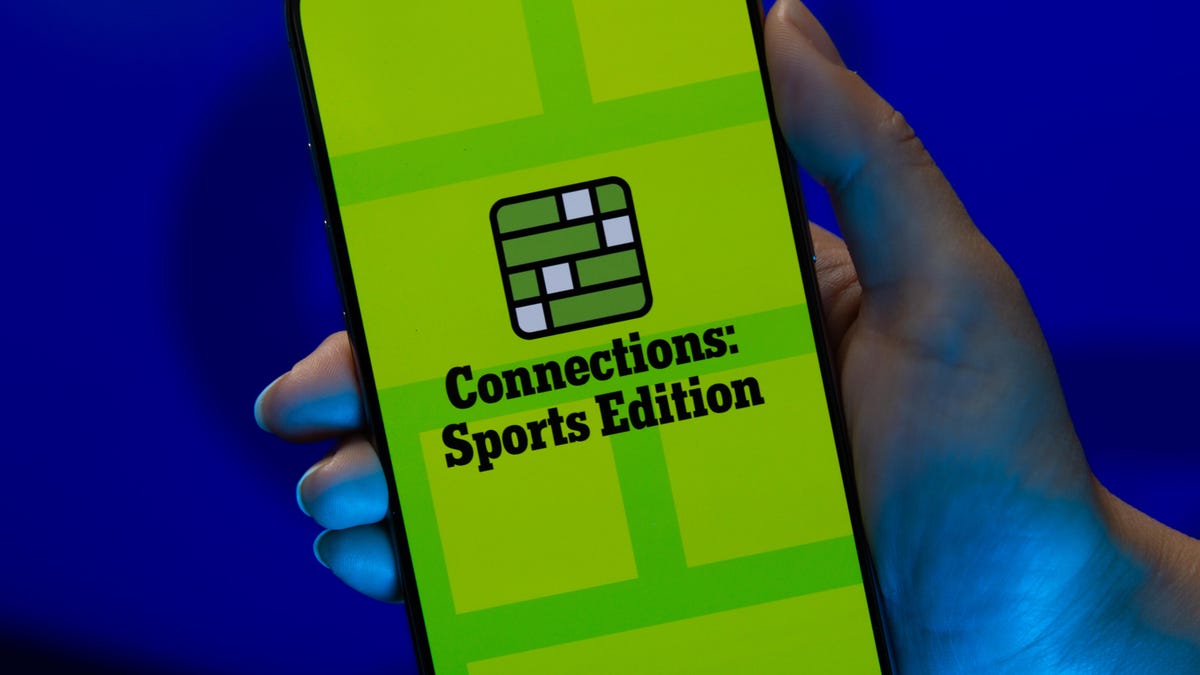
Looking for the most recent regular Connections answers? Click here for today’s Connections hints, as well as our daily answers and hints for The New York Times Mini Crossword, Wordle and Strands puzzles.
Today’s Connections: Sports Edition is a real challenge. That purple category wants you to hunt out something related in four different words, and it’s a toughie. If you’re struggling with today’s puzzle but still want to solve it, read on for hints and the answers.
Connections: Sports Edition is published by The Athletic, the subscription-based sports journalism site owned by The Times. It doesn’t appear in the NYT Games app, but it does in The Athletic’s own app. Or you can play it for free online.
Read more: NYT Connections: Sports Edition Puzzle Comes Out of Beta
Hints for today’s Connections: Sports Edition groups
Here are four hints for the groupings in today’s Connections: Sports Edition puzzle, ranked from the easiest yellow group to the tough (and sometimes bizarre) purple group.
Yellow group hint: Something you save.
Green group hint: An Olympic sport.
Blue group hint: Toronto pitchers.
Purple group hint: Think about the alphabet and look for something hidden.
Answers for today’s Connections: Sports Edition groups
Yellow group: Memento.
Green group: Types of wrestling.
Blue group: Blue Jays to win Cy Young Award.
Purple group: Ends in a homophone for a letter of the alphabet.
Read more: Wordle Cheat Sheet: Here Are the Most Popular Letters Used in English Words
What are today’s Connections: Sports Edition answers?
The yellow words in today’s Connections
The theme is memento. The four answers are collectible, keepsake, memorabilia and souvenir.
The green words in today’s Connections
The theme is types of wrestling. The four answers are arm, freestyle, Greco-Roman and sumo.
The blue words in today’s Connections
The theme is Blue Jays to win Cy Young Award. The four answers are Clemens, Halladay, Hentgen and Ray.
The purple words in today’s Connections
The theme is ends in a homophone for a letter of the alphabet. The four answers are batter’s eye (I), blue jay (J), golf tee (T) and pool cue (Q).
Don’t miss any of our unbiased tech content and lab-based reviews. Add CNET as a preferred Google source.
Technologies
Today’s Wordle Hints, Answer and Help for Dec. 27, #1,652
Here are hints and the answer for today’s Wordle for Dec. 27, No. 1,652.
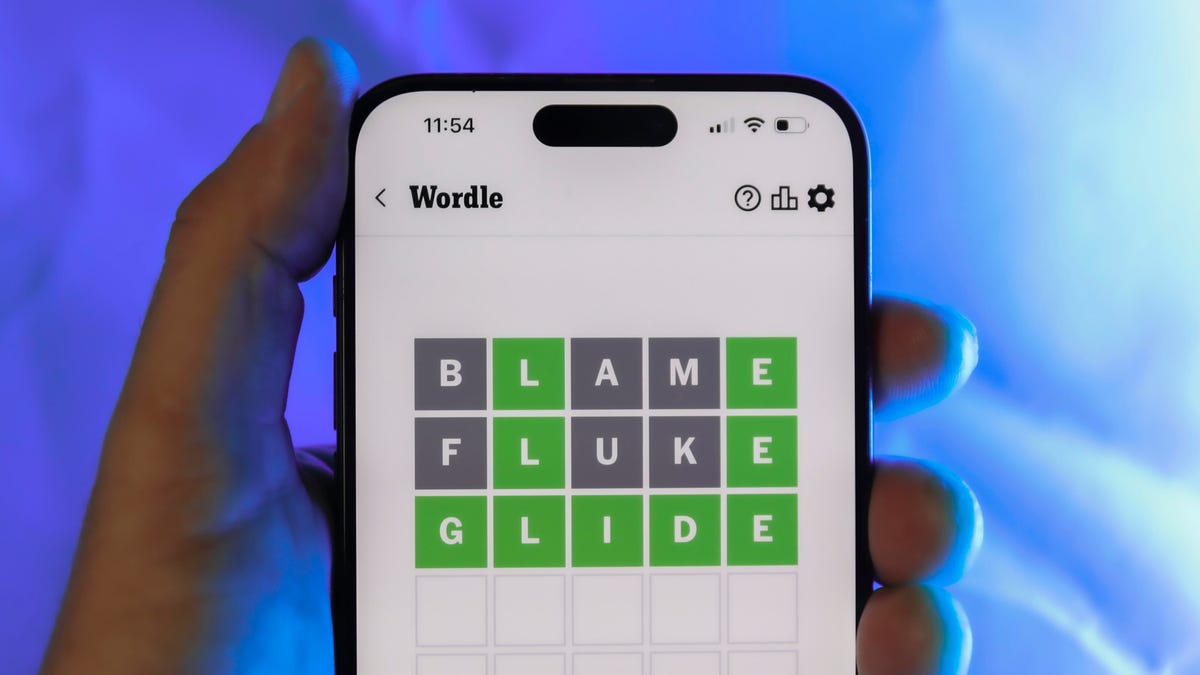
Looking for the most recent Wordle answer? Click here for today’s Wordle hints, as well as our daily answers and hints for The New York Times Mini Crossword, Connections, Connections: Sports Edition and Strands puzzles.
Today’s Wordle puzzle came together pretty quickly for me this time. If you need a new starter word, check out our list of which letters show up the most in English words. If you need hints and the answer, read on.
Read more: New Study Reveals Wordle’s Top 10 Toughest Words of 2025
Today’s Wordle hints
Before we show you today’s Wordle answer, we’ll give you some hints. If you don’t want a spoiler, look away now.
Wordle hint No. 1: Repeats
Today’s Wordle answer has no repeated letters.
Wordle hint No. 2: Vowels
Today’s Wordle answer has one vowel.
Wordle hint No. 3: First letter
Today’s Wordle answer begins with B.
Wordle hint No. 4: Last letter
Today’s Wordle answer ends with H.
Wordle hint No. 5: Meaning
Today’s Wordle answer can refer to a quantity of goods produced at one time.
TODAY’S WORDLE ANSWER
Today’s Wordle answer is BATCH.
Yesterday’s Wordle answer
Yesterday’s Wordle answer, Dec. 26, No. 1651 was SPEED.
Recent Wordle answers
Dec. 22, No. 1647: CONCH
Dec. 23, No. 1648: GLINT
Dec. 24, No. 1649: SPOOL
Dec. 25, No. 1650: PRISM
Don’t miss any of our unbiased tech content and lab-based reviews. Add CNET as a preferred Google source.
-

 Technologies3 года ago
Technologies3 года agoTech Companies Need to Be Held Accountable for Security, Experts Say
-

 Technologies3 года ago
Technologies3 года agoBest Handheld Game Console in 2023
-

 Technologies3 года ago
Technologies3 года agoTighten Up Your VR Game With the Best Head Straps for Quest 2
-

 Technologies4 года ago
Technologies4 года agoBlack Friday 2021: The best deals on TVs, headphones, kitchenware, and more
-

 Technologies4 года ago
Technologies4 года agoVerum, Wickr and Threema: next generation secured messengers
-

 Technologies4 года ago
Technologies4 года agoGoogle to require vaccinations as Silicon Valley rethinks return-to-office policies
-

 Technologies4 года ago
Technologies4 года agoOlivia Harlan Dekker for Verum Messenger
-

 Technologies4 года ago
Technologies4 года agoiPhone 13 event: How to watch Apple’s big announcement tomorrow

